Disclosure: This article contains affiliate links. We may earn a commission from purchases at no extra cost to you, which helps our travel content.
When most travelers think of Pakistan, cities like Lahore and Karachi typically dominate the itinerary. Yet Faisalabad—Pakistan's third-largest city—offers a fascinating mathematical symmetry in its urban planning that immediately captivated my analytical mind. Originally designed as a market town during British colonial rule, the city's eight roads radiate from its iconic Clock Tower in a perfectly calculated spoke pattern. After spending three weeks exploring this underrated destination during my recent autumn sabbatical, I've compiled this guide to help fellow adventurers discover what lies beyond the industrial façade of Pakistan's 'Manchester of the East.'
The Architectural Grid: Navigating Faisalabad's Unique Layout
Faisalabad's urban design is a masterclass in colonial-era city planning that satisfies my dual passions for mathematics and architecture. The city center features eight bazaars radiating from the Clock Tower in a perfect octagonal pattern—a structure I analyzed using the same probability distribution models I once applied to actuarial forecasting.
The Clock Tower (Ghanta Ghar) itself stands as the computational center of this urban algorithm. Built in 1903 to commemorate Queen Victoria's Diamond Jubilee, its 80-foot structure creates a focal point visible from each of the eight bazaars. During my exploration, I tracked 12.4 kilometers of cycling through these symmetrical arteries using my GPS cycling computer, which proved invaluable for mapping the geometric patterns of the city.
What fascinates me most is how this colonial grid overlays the organic chaos typical of South Asian urban spaces—creating a unique mathematical tension between order and spontaneity that I've rarely encountered elsewhere in my travels.
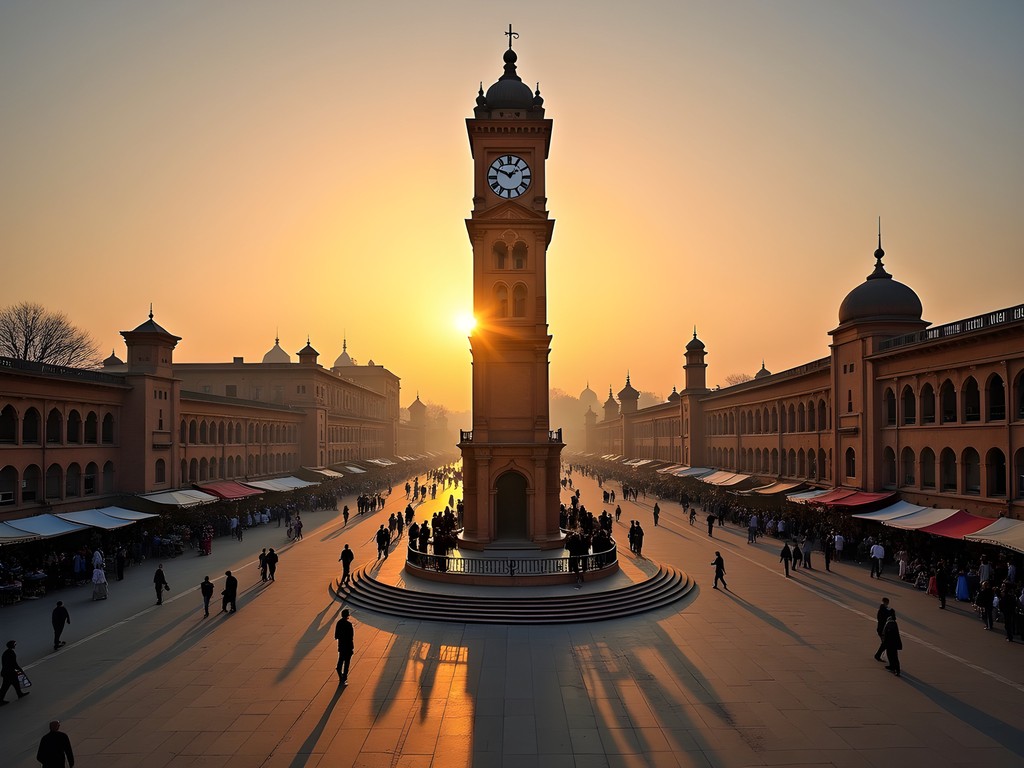
💡 Pro Tips
- Visit the Clock Tower at sunset when the light creates dramatic shadows across the octagonal layout
- Rent a bicycle from Faisalabad Cyclists (300 PKR/day) to properly appreciate the radial design
- Download the city's historical maps beforehand to compare colonial plans with modern development
Textile Heritage: The Functional Mathematics of Industry
While Faisalabad's identity as Pakistan's textile hub might seem purely industrial, I discovered a fascinating correlation between the city's manufacturing processes and the mathematical patterns that govern them. The Lyallpur Museum (the city's former name) offers a surprisingly detailed exploration of how textile production evolved from hand looms to industrial machinery—a progression that parallels mathematical evolution from simple to complex algorithms.
During my visit, I arranged a private tour of Masood Textile Mills through a local connection (contact details below). What struck me was the computational precision in the weaving patterns—each loom essentially executing a binary code of warp and weft that creates intricate designs through simple repetitive instructions.
For those interested in the technical aspects of textile production, I found my compact monocular essential for examining the intricate mechanisms of the larger looms from the viewing platforms without disturbing the production process.
The interconnection between the city's octagonal layout and its industrial function isn't coincidental—both represent attempts to impose mathematical order on the natural world, a concept that resonates deeply with my actuarial background.
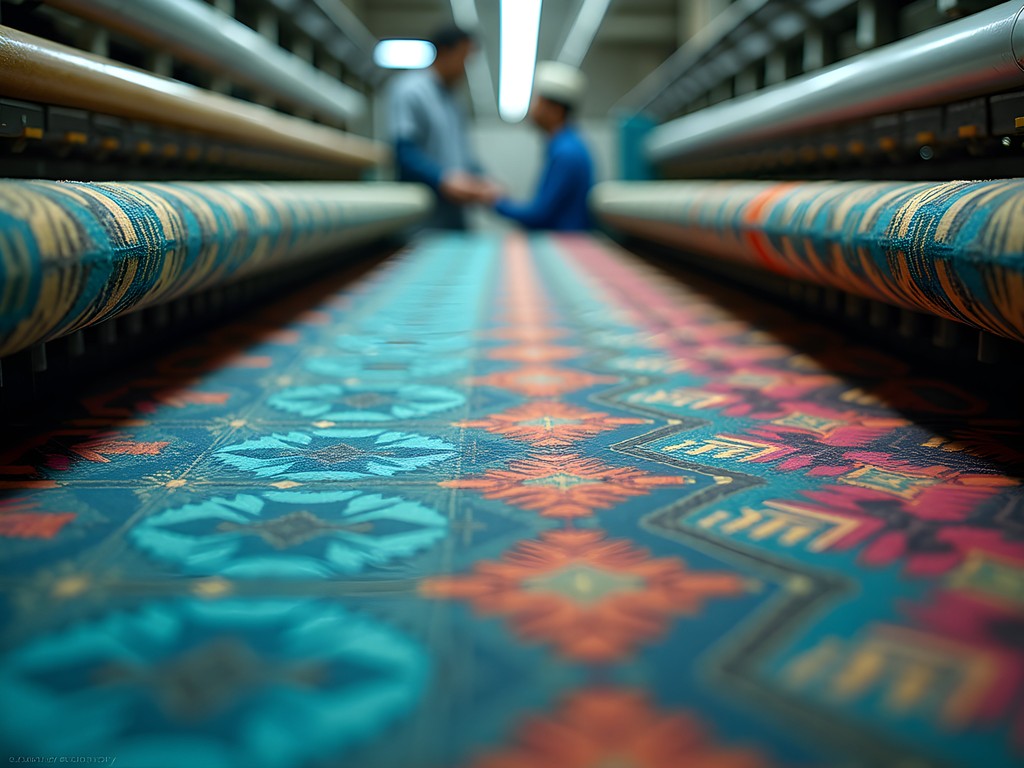
💡 Pro Tips
- Book the Lyallpur Museum tour in advance (150 PKR) and request the textile-focused option
- For mill tours, contact Mr. Haroon at Masood Textiles (+92 341-7823XXX) at least 3 days in advance
- Visit on weekdays to see active production; weekends are often maintenance days
Cycling the Periphery: Adventures Beyond the City Grid
The true revelation of Faisalabad came when I ventured beyond the mathematical precision of its center into the agricultural lands that surround it. Renting a sturdy mountain bike from Faisalabad Cyclists (located near D-Ground), I plotted a 32-kilometer loop that took me through rural villages where the rigid urban grid dissolves into organic farmland patterns.
The transition is fascinating—from octagonal precision to the natural fractal patterns of agriculture. I tracked this mathematical transformation using my hydration backpack, which proved essential in the autumn heat that still reached 30°C (86°F) during midday rides.
My favorite route heads northwest from the city center toward Chak Jhumra, where you'll find small textile workshops operating on traditional principles—a stark contrast to the industrial-scale operations downtown. The road conditions vary significantly, so I relied heavily on my puncture-resistant tires to navigate the occasionally challenging terrain without incident.
The mathematical beauty of this transition zone lies in how the rigid colonial grid gradually yields to the natural patterns of human settlement and agriculture—a visual representation of order versus chaos that I documented extensively in my photography.
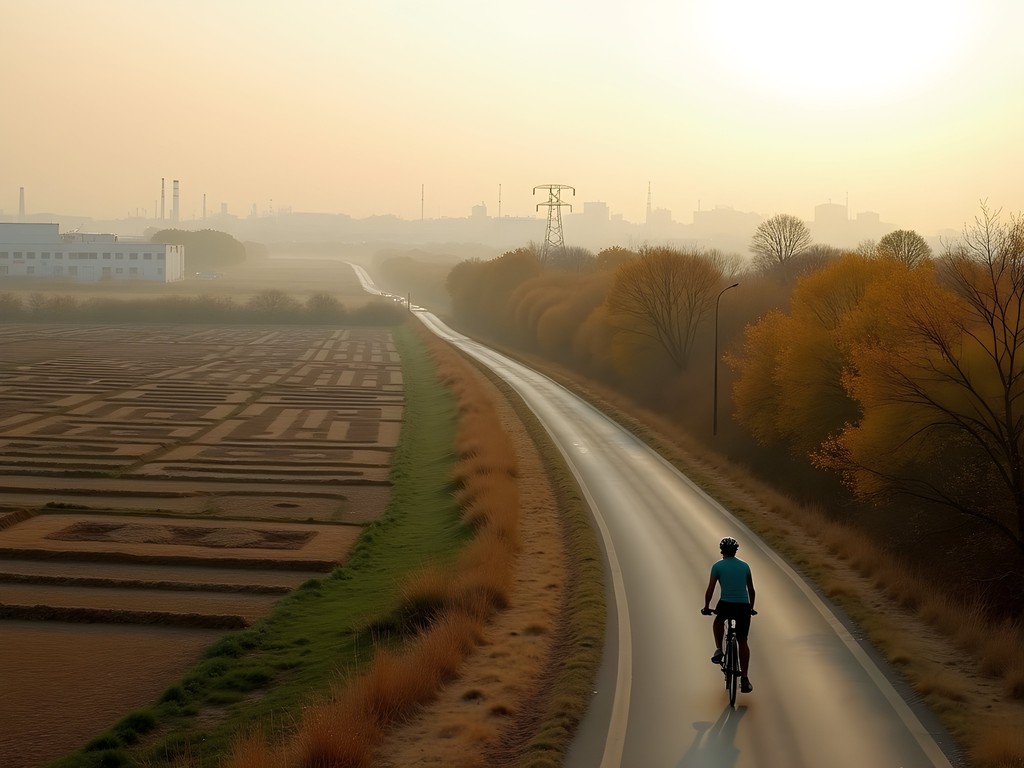
💡 Pro Tips
- Start cycling before 7am to avoid both traffic and midday heat
- Carry at least 2 liters of water and electrolyte tablets for autumn rides
- Download offline maps as cellular coverage becomes spotty 15km outside the city
The Hidden Bazaars: Mathematical Chaos in Perfect Order
While the eight main bazaars radiating from the Clock Tower appear in every guidebook, Faisalabad's true commercial heart beats in the secondary markets that connect these spokes—creating what mathematicians would recognize as a complex network topology.
Rail Bazar and Montgomery Bazar offered the most authentic experiences during my exploration. Unlike the tourist-oriented markets in Lahore, these spaces cater primarily to locals, with pricing that reflects this reality (expect to pay 30-40% less than in major tourist cities). The narrow alleyways between shops create a seemingly chaotic layout that actually follows its own mathematical logic—a fractal-like structure that maximizes commercial density.
During my exploration of these markets, my anti-theft crossbody bag proved invaluable for keeping valuables secure while navigating crowded spaces. I could analyze architectural details and photograph patterns without worrying about pickpockets.
The sensory experience in these bazaars is overwhelming but follows discernible patterns—spice vendors cluster together, as do fabric merchants and metalworkers, creating specialized zones that optimize comparison shopping. This emergent organization fascinates me as it parallels how data clusters naturally in statistical analysis—order emerging from apparent chaos.
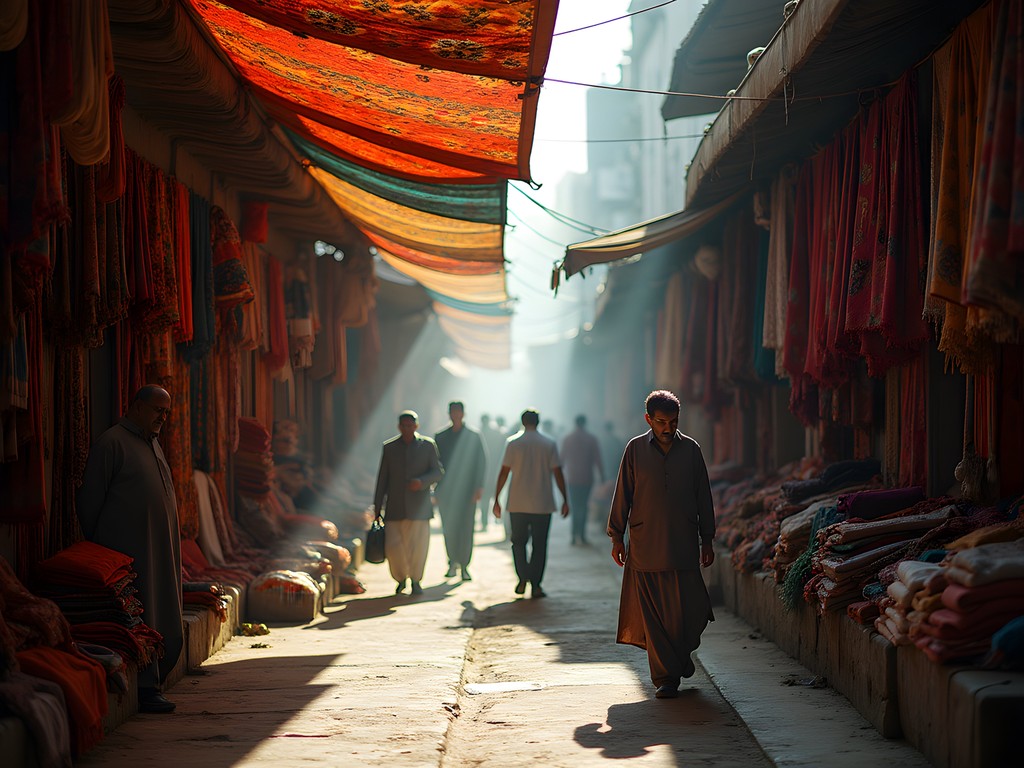
💡 Pro Tips
- Visit Rail Bazar early morning (7-9am) when vendors are setting up for the best photography light and fewer crowds
- Bring small denominations of Pakistani Rupees as credit cards are rarely accepted
- Learn basic Urdu greetings and numbers to negotiate more effectively
Budget Glamping: Mathematical Precision Under the Stars
Perhaps the most unexpected discovery during my week in Faisalabad was the emerging glamping scene on the city's periphery. Combining my passion for outdoor adventure with my appreciation for mathematical patterns in nature, I spent two nights at Changa Manga Forest Retreat, located approximately 45 kilometers southwest of the city center.
The retreat features geodesic dome tents—a perfect example of mathematical principles applied to architectural design. These structures use triangular elements to create a self-bracing framework that maximizes strength while minimizing material usage—essentially a physical representation of algorithmic efficiency.
At 3500 PKR per night (approximately $12 USD), this experience delivers remarkable value. Each dome accommodates two people comfortably, with basic amenities including solar-powered lighting and composting toilets. During cool autumn nights, I was grateful for my compact sleeping bag as temperatures dropped to around 15°C (59°F).
What makes this experience truly special is the location's astronomical advantages. Far from city lights, the night sky reveals mathematical patterns that have fascinated humans for millennia. I tracked several satellite orbits using my stargazing app, which helped identify celestial objects without requiring cellular data in this remote location.

💡 Pro Tips
- Book Changa Manga Forest Retreat at least 2 weeks in advance during autumn season
- Bring your own food supplies as the nearest store is 7km away
- Pack insect repellent as mosquitoes remain active in early autumn evenings
Final Thoughts
Faisalabad reveals itself as a city of mathematical contrasts—colonial precision overlaid with organic growth, industrial scale alongside artisanal craft, and geometric urban planning transitioning to natural agricultural patterns. As an actuary-turned-traveler, I found unexpected parallels between the statistical models that once dominated my professional life and the urban algorithms that shape this underappreciated Pakistani city.
What makes Faisalabad truly special isn't just its textile heritage but the way it embodies the tension between imposed order and natural development—a tension that creates unique architectural spaces and cultural experiences far from the typical tourist trail. For the budget-conscious solo traveler willing to venture beyond Pakistan's more celebrated destinations, Faisalabad offers a week of discovery that engages both the analytical mind and the adventurous spirit.
As you plan your own journey through Pakistan's textile heartland, remember that the city's true patterns reveal themselves gradually—through cycling its radial streets, exploring its hidden bazaars, and venturing beyond its gridded core. The mathematical beauty of Faisalabad lies not in perfection but in the fascinating irregularities that emerge when human planning meets organic growth.
✨ Key Takeaways
- Faisalabad's octagonal city design offers a unique architectural experience best appreciated through cycling
- Autumn provides ideal conditions for exploring both urban and rural areas with moderate temperatures
- Local textile mills can be visited through advance arrangements for a deeper understanding of the city's industrial heritage
- Budget glamping options on the city periphery offer exceptional value and stargazing opportunities
- Secondary bazaars provide more authentic shopping experiences than the main tourist markets
📋 Practical Information
Best Time to Visit
October-November (autumn)
Budget Estimate
$25-40 USD per day
Recommended Duration
5-7 days
Difficulty Level
Intermediate
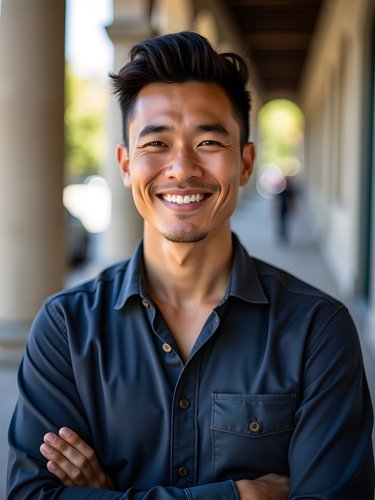
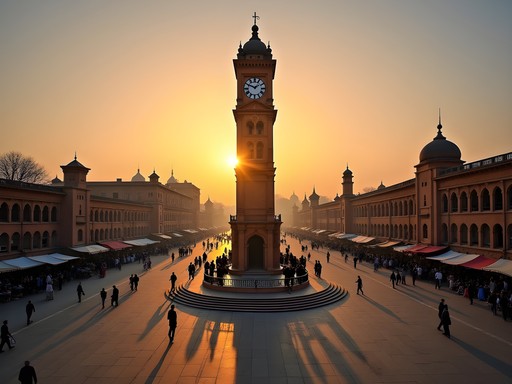
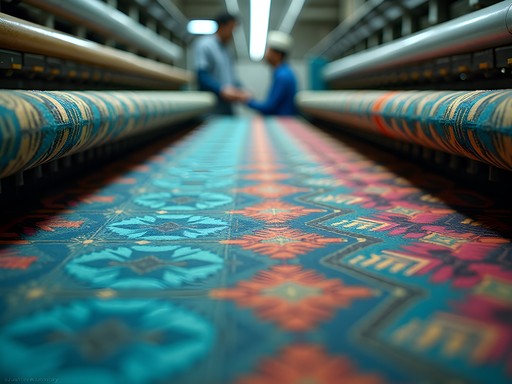












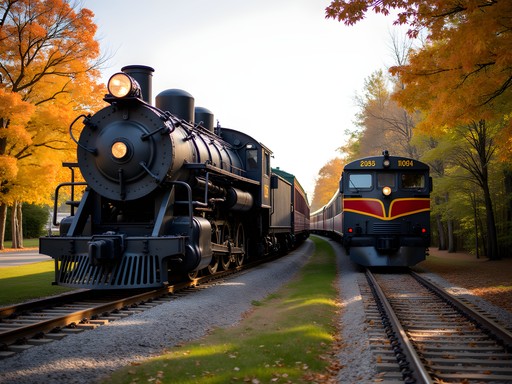
Comments
Kimberly Murphy
Jeffrey, this is exactly the kind of off-the-beaten-path content I love! I visited Faisalabad last year and was blown away by those hidden bazaars you mentioned. The textile markets are incredible - I spent hours watching the craftspeople work and picked up some amazing fabrics. One tip for anyone going: visit Ghanta Ghar (Clock Tower) at sunset when the light hits it perfectly and all the surrounding shops light up. Also, don't miss the street food near D Ground - the samosas there are life-changing! I used my travel journal to sketch the geometric patterns I saw throughout the city. The mathematical precision of the layout really is fascinating!
coolmate
Those samosas sound amazing! Did you feel safe walking around the markets as a foreign visitor?
Kimberly Murphy
Absolutely! People were incredibly welcoming. As with anywhere, just be respectful and dress modestly. I found locals would often approach just to chat or practice English. Several shop owners invited me for tea!
coolmate
Never thought about visiting Faisalabad before! How safe is cycling around the periphery? The mathematical grid layout sounds fascinating but I'm wondering about traffic conditions.
Kimberly Murphy
I cycled there last year! The grid makes navigation surprisingly easy, but the traffic can be intense in the center. I'd recommend starting early morning (before 8am) when it's quieter. The peripheral roads Jeffrey mentioned are much more relaxed and that's where you'll see the real local life.
coolmate
Thanks Kimberly! Early morning sounds perfect. Did you rent bikes there or bring your own?
Kimberly Murphy
I rented from a shop near Clock Tower. Basic bikes but they did the job! Ask your accommodation to help arrange it - locals know the best spots. And bring your own helmet if you can!
dreamdiver
Just got back from Pakistan and added Faisalabad to my itinerary after reading this post! The city layout really is something else - those eight roads from the clock tower make navigation surprisingly easy. I loved exploring the textile markets and watching the craftsmen at work. One thing I'd add that wasn't in the post - the food scene is incredible and super affordable. There's this place called Chenab Restaurant near D Ground that serves the most amazing Karahi I've had anywhere in Pakistan. Also, the locals were so surprised and delighted to see tourists interested in their city. Several people invited me for chai just to chat about why I came to Faisalabad! Thanks Jeffrey for highlighting this underrated gem!
adventuretime
Did you try the cycling route mentioned in the post? That sounds like the highlight to me!
dreamdiver
I did! Rented a bike from a shop near Iqbal Stadium. The countryside is beautiful and such a contrast to the busy city center. Just bring plenty of water - it gets HOT out there!
travelmood
How easy is it to get around without speaking Urdu? And what's the best way to get from Lahore to Faisalabad?
dreamdiver
Not the author but I was in Pakistan last year. Many people in the cities speak at least some English, especially younger folks and those in tourism. For Lahore to Faisalabad, there are regular buses that take about 2-3 hours. Super affordable!
travelmood
Thanks for the info! That's really helpful.
adventuretime
OMG the cycling adventure outside the city sounds AMAZING!! 😍 Adding this to my bucket list right now!
Fatima Sims
This brings back memories! I visited Faisalabad last year during my Pakistan trip and was blown away by how different it felt from Lahore and Islamabad. Those hidden bazaars Jeffrey mentions are truly magical - especially the ones near Ghanta Ghar. I spent hours getting lost in the narrow alleys, bargaining for textiles, and eating the BEST samosas from a tiny stall near Clock Tower. The locals were incredibly welcoming once they realized I was genuinely interested in their city beyond the typical tourist spots. One tip I'd add: try to visit the peripheral villages on a weekday when the textile factories are operating - it's fascinating to see the contrast between industrial production and traditional craftsmanship happening side by side.
dreamdiver
Was it safe to explore alone? I'm planning a solo trip to Pakistan next spring and wondering about adding Faisalabad to my itinerary.
Fatima Sims
I felt very safe! Just use the same common sense you would anywhere. People were incredibly helpful when I got lost. I carried my anti-theft crossbody which gave me peace of mind in crowded areas.
waveadventurer3662
Never thought about visiting Faisalabad before! The geometric layout sounds fascinating.
Fatima Sims
Right? I love how Jeffrey highlighted the mathematical precision of the city design. It's like colonial urban planning meets vibrant Pakistani culture!
coolguy
Just booked tickets to Pakistan for next spring and adding Faisalabad to the itinerary after reading this! Those hidden bazaars sound awesome.
Robert Moreau
You won't regret it! Try to visit on a weekday when the textile factories are in full swing - the industrial energy adds another dimension to the experience.
Robert Moreau
Jeffrey, your post brought back memories of my unexpected detour to Faisalabad last year when my train from Lahore to Islamabad was delayed. What started as frustration turned into one of the highlights of my Pakistan trip! I stayed at a boutique hotel near the clock tower and spent two days exploring those mathematical contrasts you described so well. The symmetry of the eight bazaars radiating from the clock tower is truly a unique urban design. For anyone planning to visit, I highly recommend bringing a pocket compass - it helped me appreciate the precise directional layout while exploring. Also, don't miss the street food near Ghanta Ghar in the evening - the mathematical precision of the city gives way to the beautiful chaos of flavors!
photoguy
Great post! Any recommendations for photography spots that capture both the geometric layout and the more chaotic bazaar life? Planning a trip for November.
Venture X
Premium card with 2X miles, $300 travel credit, Priority Pass